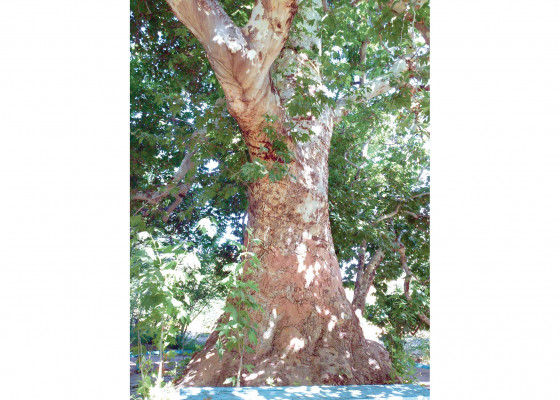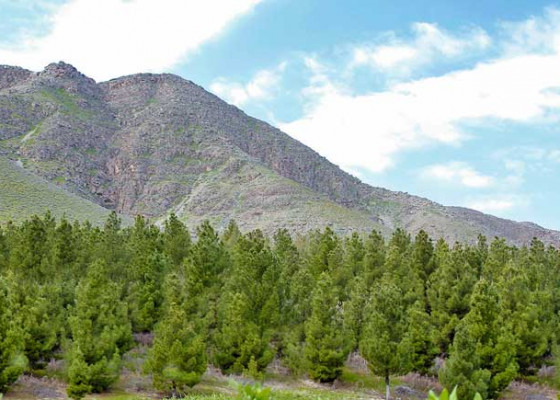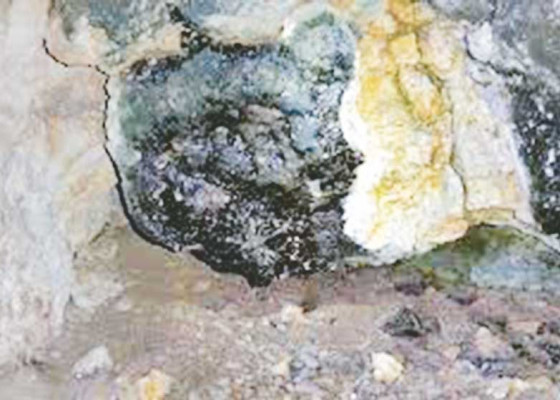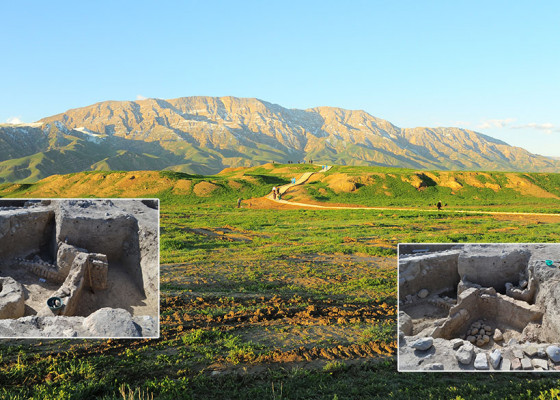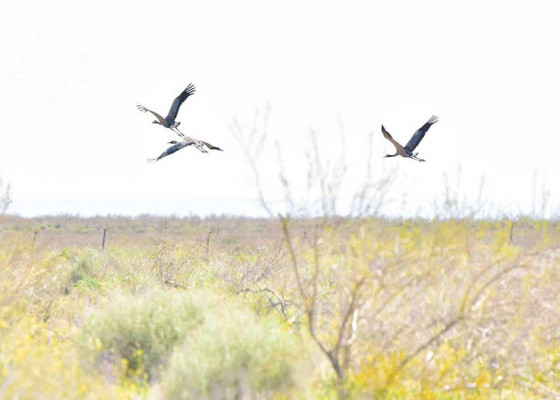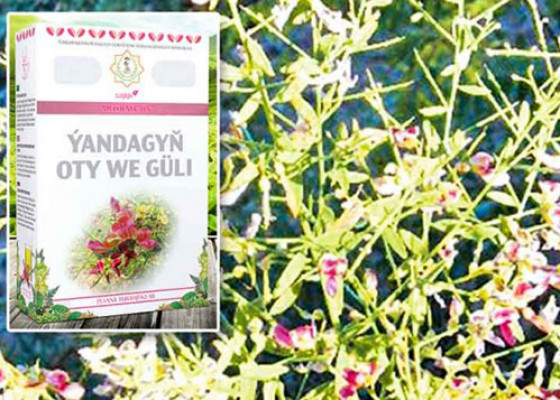An Old-Timer among Trees
People say about a wise, generous and kind person, “Shady like a plane tree”, drawing an analogy with the tree species of the same name. Another name, Chinar, is a popular female name in the countries of the East. On the territory of Turkmenistan, Oriental Plane – one of the 10 species found in the countries of Central Asia – grows. The tree grows along the banks of mountain rivers and streams and is part of the mixed forests of low mountains and gorges. The plane tree can be several thousand years old, because once planted a thin stem grows into a tree giant in a few centuries. The time of planting is already forgotten long ago and no one remembers the name of the planter, but the tree will give shade and coolness to people for many years to come. Out of respect for the ability of the plant to stand for centuries, people protect centuries-old plane tree groves, and individual old-timers who have reached impressive sizes are revered as sacred, they are given names associated with ancient parables or legends.

